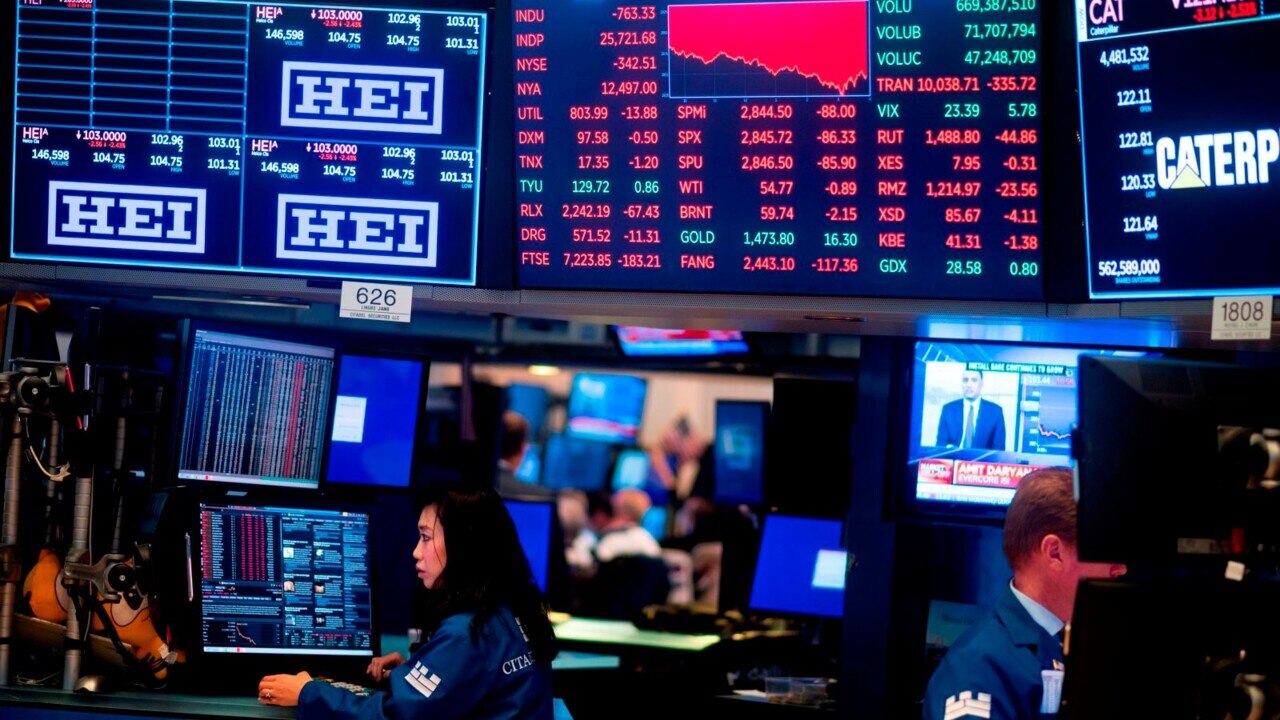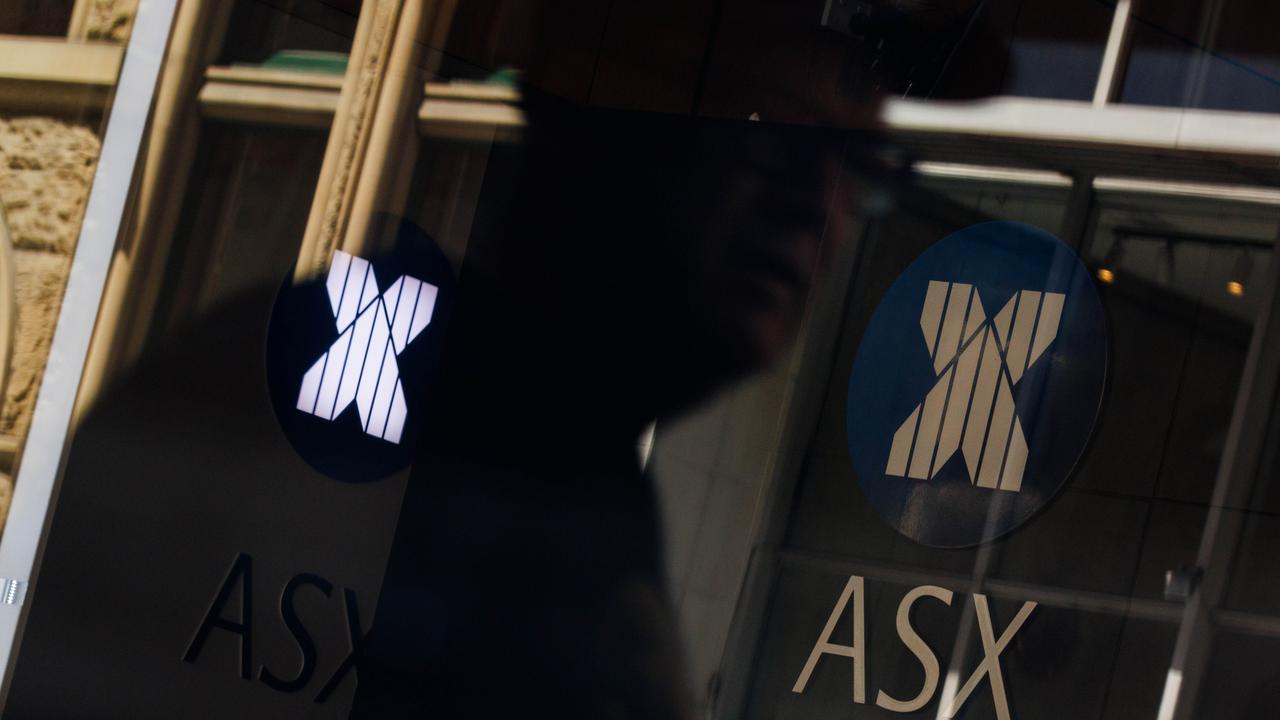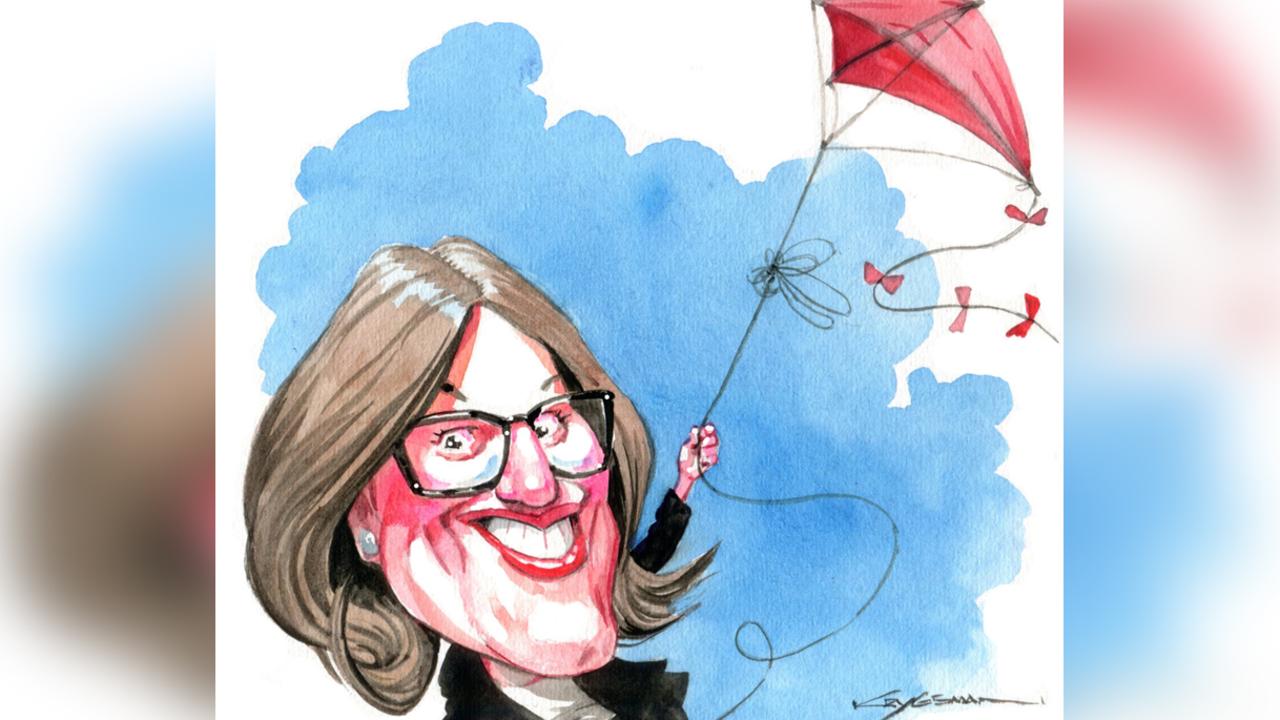Has the Fed got inflation temperature ‘just right’?
As long as US jobs growth holds up, it’s hard to argue against the rare scenario where the Fed tightens monetary policy enough to normalise inflation but doesn’t cause a recession.

Bulls got what they wanted as lower US inflation fuelled hopes of “immaculate disinflation”.
As long as US jobs growth holds up, it’s hard to argue against this rare “Goldilocks” scenario where the Fed tightens monetary policy enough to normalise inflation but doesn’t cause a recession.
After hitting a four-decade high of 9.1 per cent in June 2022 amid supply chain disruptions from the pandemic and the Ukraine war together with surging demand after the pandemic, annual headline US consumer price inflation has now fallen 12 months in a row. US inflation hit a two-year low of 3 per cent in June as supply chains and spending patterns normalised and rate hikes began to bite.
Core inflation fell to a lower-than-expected 4.8 per cent, and three-month average alternative core inflation measures – stripping out volatile items – showed prices were cooling faster than expected.
US earnings reports and guidance are due over coming weeks and the July 25-26 Federal Open Market Committee meeting may push back on a premature loosening of financial conditions caused by surging stocks and bonds.
US interest rates have risen 5 percentage points since March 2022, but the US unemployment rate is 0.6 per cent lower and the S&P 500 is 3 per cent higher than when the Fed started lifting rates.
Perhaps the August 24-26 Jackson Hole central bankers meeting will be a source of deja vu.
If markets surge for the next six weeks, as they did at this time last year, Fed chairman Powell may be dusting off last year’s hawkish speech as financial conditions loosen while inflation risks remain.
Last August he said reducing inflation was “likely to require a sustained period of below-trend growth”.
“Moreover, there will very likely be some softening of labour market conditions,” he said.
“While higher interest rates, slower growth, and softer labour market conditions will bring down inflation, they will also bring some pain to households and businesses. These are the unfortunate costs of reducing inflation. But a failure to restore price stability would mean far greater pain.”
But in the emerging Goldilocks scenario now underpinning markets, investors don’t see so much pain at all.
The Fed could deliver one last hike in July, US inflation rapidly returns to 2 per cent and the Fed unleashes about 1.5 percentage points of interest rate cuts from March 2024, with no recession in the meantime.
“The Fed might be right but the justification for its viewpoint is mainly the inflation rate itself and the low level of unemployment,” says Richard Rauch, investment director at Brandywine Global.
“This stance implies no change in view or policy until after inflation has fallen, as was the case after inflation rose. And it is not just the Fed. Its perspective is the orthodoxy these days among western central bankers and high-profile economic commentators: higher for longer on rates.”
In his view, the retreat in inflation seen since June of last year has little to do with Fed policy.
But the reaction to what the Fed has done or is going to do is yet to come. “Inflation is the final piece in a falling line of dominoes: what went up in 2020 and 2021 – cryptocurrency, commodities, real estate, economic growth, and inflation – have retreated in perfect sequence starting late 2021 and early 2022,” Rauch says. “Now it is inflation’s turn.”
Rauch argues that keeping conditions tight until inflation has receded to target is a “strategy for overshooting the objective and moving straight to deflation”.
“A lot of lip service – but perhaps not enough credence – is given to the notion of policy lags,” he adds. “What the Fed implements today affects the economy months or years later.”
Markets look to be right about inflation coming down rapidly, but are they pricing enough “pain”?
GSFM investment strategist Stephen Miller – once head of fixed income at Blackrock – says the June CPI report was “more than just slivers of good news on inflation”.
Nevertheless, given the nature of Fed communication since the June meeting, he says it’s hard to see the Fed eschewing a further policy rate increase when it meets in late July, but expects it to be framed as ensuring the vanquishing of inflation. In his view, the subsequent 5.25 to 5.50 per cent target “would almost certainly represent the peak policy rate for the current cycle”.
In that backdrop, he says government and corporate bond yields “offer investors a modestly attractive enough yield without the prospect of significant capital losses”.
In other words, it may be time to dip a toe or more into the water, in terms of bond exposure.
Stabilisation in recently surging bond yields may be good news for US equity markets, representing as the abatement of what has been a significant valuation headwind.
“However, while equities benefit from stabilising bond yields, the question remains whether earnings estimates have appropriately priced the cyclical downside,” Miller says.
“Despite a stubborn refusal of the data to comply, the market commentariat has been forecasting a recession for nigh on 18 months. Of course, recession remains a big question.”
With inflation containment within reach, he says the markets may begin to contemplate the notion that the Fed could successfully “thread the needle” and engineer a relatively benign disinflation or “immaculate disinflation” without an excessive dislocation in activity and employment.
But the chances of that are slim and the Fed’s instinct will be to caution against market optimism.





